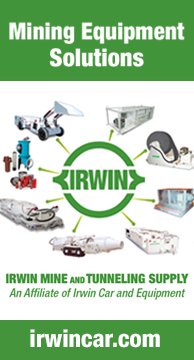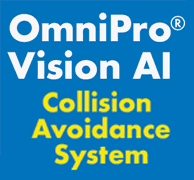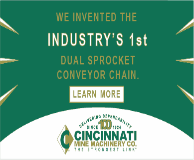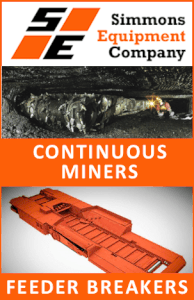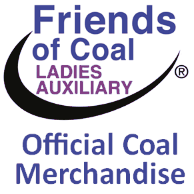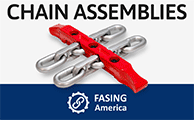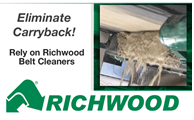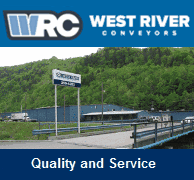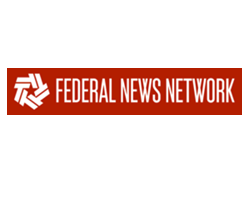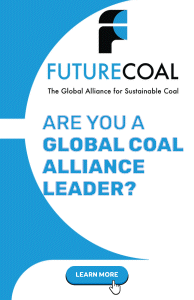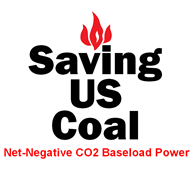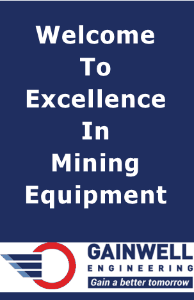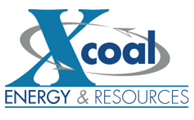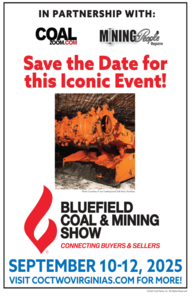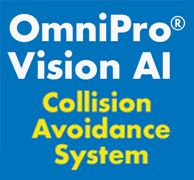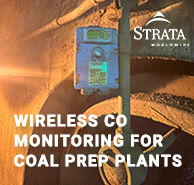Tom Temin: Well, let’s begin at the beginning. Miners and not just coal miners, I guess, but this is for all miners that might be in the United States. What is the issue you’re trying to solve with this new website online resource?
Joe Mackowiak: Well, overall, health and safety of miners in general. Miners work in a dynamic, very impactful environment that changes daily. It encompasses so many various industries trucking, geological issues, health issues from fugitive dust choices. How do they make good choices when they’re in these dynamic situations? So what we’ve introduced was an app that gives them knowledge that helps them make those choices, but also gives them the avenue when they have challenges, where to go and to properly receive help or treatment.
Tom Temin: So it’s not simply just doctors and health care providers, but equipment and preventive safety measures, that kind of thing?
Joe Mackowiak: Yes, it begins with safety topics. It also has a safety alert. So we tell people about past accidents because ultimately, in order to prevent accidents, we need people to make good choices. And those good choices are driven by education and training fundamentals. So we begin with that, but then it progresses through to health alerts, health topics, where to get health help, health care providers even. If we have someone with a substance abuse problem, we want them to get help as well because ultimately those challenges will reach their workplace.
Tom Temin: And fair to say that in a mining situation is, at least as I understand it, if you are not fully up to the task and you’re impaired in some way, that could be a danger not only to yourself but to the miners around you.
Joe Mackowiak: Correct. And I think it’s a danger not only to mining, but to all industries. But in particular to mining where there are extreme hazards that have to be mitigated daily in order to ensure safety of everyone.
Tom Temin: And Will, what is the statistical side of this?
Will Drexler: Great. The statistical side of all of this is in relation to more of those resources that are one element of that. Of those six elements we have, the health resource locator tool involves about 100,000 different resources from across the country, and the statistical side of it is helping to navigate how miners can access those and make sure that there’s a good proportion of those resources for the miners in all the respective areas around the country.
Tom Temin: Yes because the trend now in government programs such as yours is a data-based approach to making sure that you have program effectiveness. Is that part of what you’re involved in also as the statistician?
Will Drexler: Certainly, I’m involved with making sure that the data is up to date, along with making sure that the data is accurate as well.
Tom Temin: All right. So you can talk to the data officers about statistics and that’s what they need to hear, sounds like?
Will Drexler: Yes.
Tom Temin: All right.
Will Drexler: That’s a good way to put it.
Tom Temin: And getting back to the information. So what can what does a miner encounter when they go to the site?
Will Drexler: Yeah. So there are two versions of this health resource locator tool. For the miner mobile app, the miner can simply open up their phone. They’ll be greeted with an interface with six options of what to do. If they’re looking for a health service at this time, they can simply click the health service tab. It’ll open up a map with a little search bar at the top, and if they know the facility name they’re looking for, they can simply enter that in there, or they can scroll to themselves or type in their city that they’re in and it’ll pull up relevant resources that they’re looking for.
Tom Temin: Any tie-in to like health plans they might have and so forth?
Will Drexler: At the moment, there’s no tie-in to things such as Part 90 or other elements of specific health plans, but there are elements of it that can help them just be able to reach the resources. That’s one element that we’re going to hopefully implement in the future as more information comes in.
Tom Temin: We’re speaking with statistician Will Drexler and management and program analyst Joe Mackowiak, both with the Mine Safety and Health Administration. And of course, it’s a great tool, but you have to get the word out. And what’s the methodology for making sure miners know it’s there?
Joe Mackowiak: Well, we’re doing that a couple of ways. We have education and field service personnel throughout the country who visit mines, and they are, of course, using this as a word of mouth and telling miners as they meet them. But we also have in every state, we have inspection personnel. And as the mine inspectors greet and meet the miners at all of the inspections throughout the year, we’re promoting this within for them to be aware of it as well. We’ve rolled it out on the website. We’ve also done some outreach meetings such as the Holmes Safety Association National Convention and to get actual trainers who train the miners out in the field aware of this so that they can use the tools as well because it’s a valuable training tool, but it’s also a valuable health tool.
Tom Temin: How about the mining companies, for example or maybe the unions too, might be ways to just get that word out?
Joe Mackowiak: Yes, they attend those meetings. So we’ve touched both of those shareholders as well when we reach out to them. It’s been very popular.
Tom Temin: Yeah. And what did it take to develop this? I mean, contractor help, Labor Department help and sounds like there’s a standard type of app that goes with it.
Will Drexler: Yeah, certainly. We worked definitely with both. Some internal folks along with some like external contracting work to be able to get this app in place. Part of the app, the resource locator tool, we modeled off of other resource locators that we’ve noticed within other federal agencies, but the app itself was definitely a multiyear process and continues to be added on as we get new needs that miners might need at their fingertips.
Tom Temin: Yeah, no matter how much planning you go into an app and you launch it and then you find the 100 things you should have done. So it’s a kind of a continuous process, fair to say?
Will Drexler: Definitely.
Tom Temin: And what about connection to Labor Department and Mine Safety and Health Administration resources? That was part of the construction of this so that there’s tie back into data you might already have or information you might have already for miners.
Joe Mackowiak: It does have that. It actually goes all the way back to 1977 Mine Act and some of the aspects of that that allows a miner to make a health and safety complaint if they feel there’s a hazardous condition that can’t be corrected on the mine site without intervention from us. They have access to us. So we are really in the pocket of every miner across the country that has this app on their phone. So in addition to that, it’s more preventative in nature because now they’ll see all the best practices. If you’re worried about a tires condition on a mine site, we tell you all the hazards of dealing with tires and how to prevent them. So it gives that access to supplement their knowledge at any time. And that’s all across different aspects of the agency, whether it’s education and training enforcement or even accident investigation and prevention techniques.
Tom Temin: And what are the leading issues happening in mines now at this point, 25% of the way through the 21st century? It used to be roof collapses and that kind of thing. And a lot of that has been engineered out of mines. Black lung, we have learned to deal with, I guess, as a nation. Is it mostly physical accidents at this point?
Joe Mackowiak: Well, it’s physical accidents related to powered haulage and machinery and really the interaction of individuals in the mining environment and the equipment. So MSHA is very good at checking equipment and identifying and garnering correction of mechanical equipment and physical conditions because in the 70s when we were developed, the regulations really focused on that. And so overall, the industry has vastly improved over the last 50 years considerably in that aspect. But we’re always going to deal with the interaction and the choices of individuals within the environment and that’s where we need to consistently reinforce safe work practices and help them honor. And so this goes a long way towards that.
Tom Temin: Do you have a rough idea of the uptake of this app and how people are interacting with it?
Will Drexler: We have a rough gauge of the uptake of the app in that we have at least thousands of downloads, we would say. We don’t know the exact implementation because we don’t track necessarily. It’s an anonymous app so individuals don’t have to be tracked in that ability. So we don’t track exactly how they utilize the app, but we know about roughly how many people are utilizing the app.
Tom Temin: So you are tracking as it builds up and more people download, you’ll at least know that they’re loading it and hope they’re using it.
Will Drexler: Correct.


